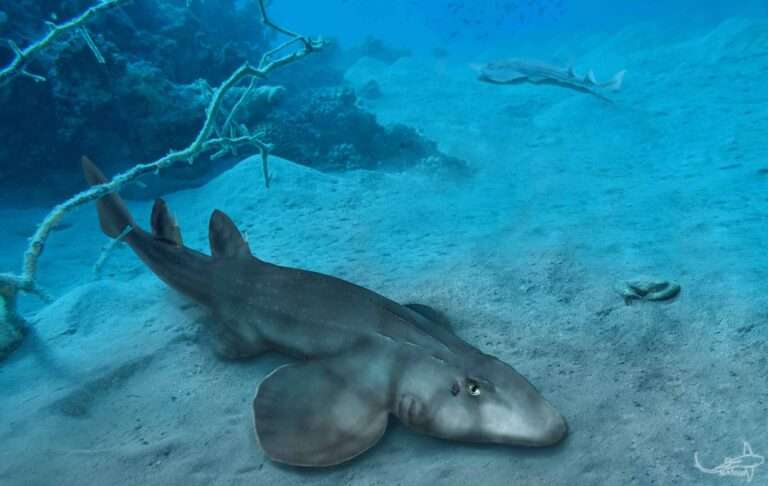
Ray Of Light On Jaws’ 150-Million-Year-Old Ancestor
Evolutionary biologists have apparently solved the mystery of the missing link between modern-day sharks and rays. A new study of fossils dating back 150 million years of a Jurassic fish…

Evolutionary biologists have apparently solved the mystery of the missing link between modern-day sharks and rays. A new study of fossils dating back 150 million years of a Jurassic fish…

Astronomers scouring the countryside in southern Italy after reports that an asteroid was big enough to hit the Earth were amazed when they got a call from two brothers after…
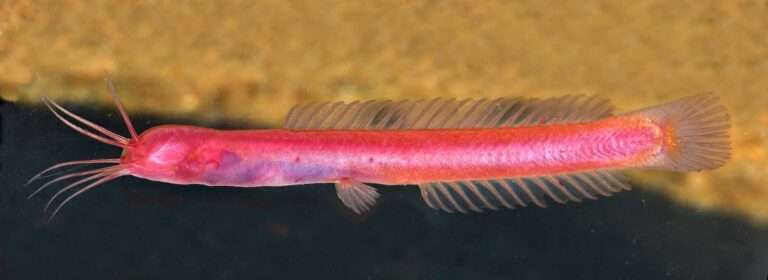
Scientists have named a tiny endangered catfish species after Indian locals after they helped them find it in wells and underground water channels. The team of German and Indian researchers…
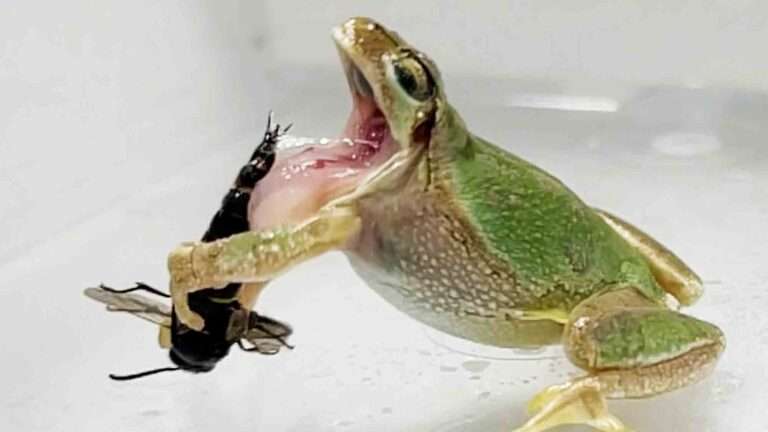
Hungry frogs trying to gobble up male wasps have found that their manhoods can carry a nasty sting in the tail, a new study has revealed. Scientists in Japan -…
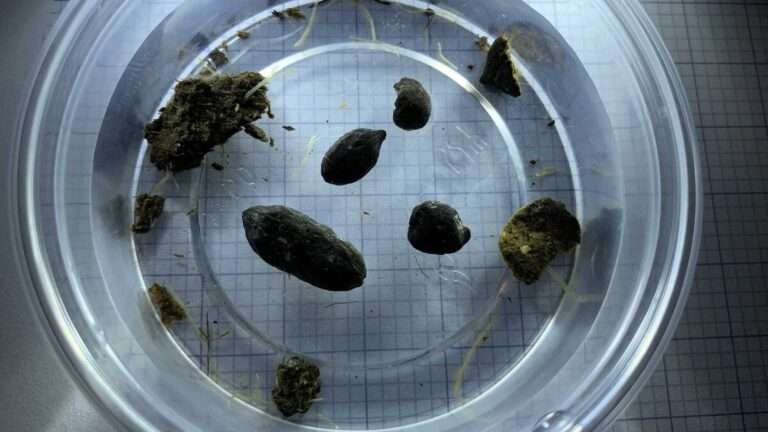
Scientists have cracked the secrets of Stone Age farmers after studying ancient animal poo still perfectly preserved after 5,500 years. The Neolithic dung was harvested from an ancient settlement built…

Project scientists have found out that a third of the plastic waste that reaches the Arctic can be traced back to countries outside of it. The five-year-long project led by…
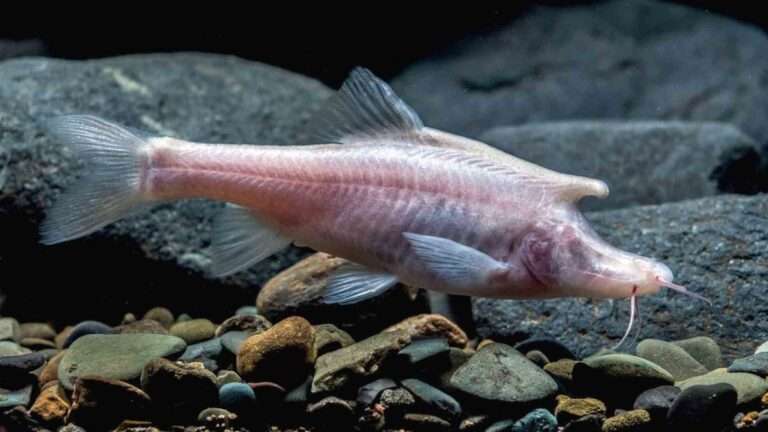
A new species of fish which does not have eyes or scales but does have a unicorn-like horn protruding from its head has been discovered in a Chinese cave. The…

Groundbreaking research made possible by the discovery of an ancient embalming studio has allowed scientists to finally discover the secret recipes with ingredients from all over the world used by…

Scientists in Germany are to study ways of using immortality enzymes to reverse damage caused to the heart and lungs by ageing. The study - led by Dr Christian Baer…
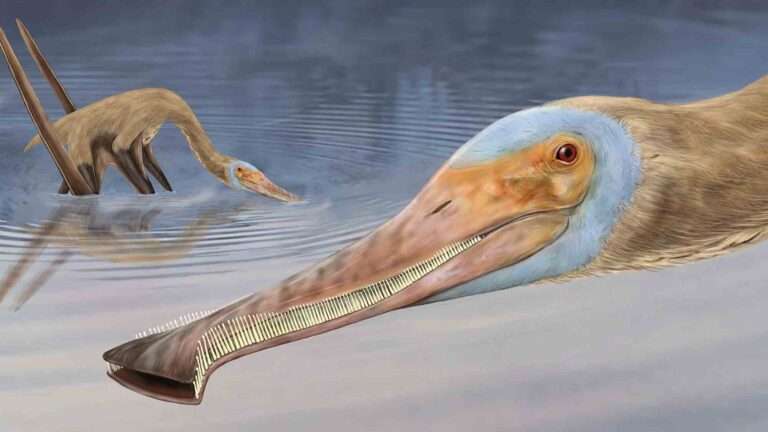
A new species of flying dinosaur with 400 tiny hooked teeth has been unearthed by British scientists. The bizarre-looking pterosaur - which dates back 152 million years to T-Rex's Jurassic…